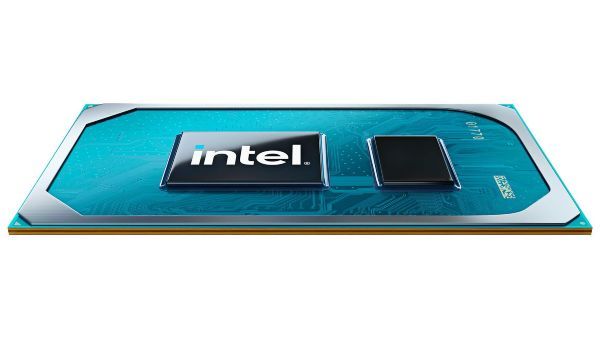Intel introduced Loihi 2, its second-generation neuromorphic research chip, and Lava, an open-source software framework for developing neuro-inspired applications. Their introduction signals Intel’s ongoing progress in advancing neuromorphic technology.

“Loihi 2 and Lava harvest insights from several years of collaborative research using Loihi. Our second-generation chip greatly improves the speed, programmability, and capacity of neuromorphic processing, broadening its usages in power and latency constrained intelligent computing applications. We are open sourcing Lava to address the need for software convergence, benchmarking, and cross-platform collaboration in the field, and to accelerate our progress toward commercial viability,” said, Mike Davies, director of Intel’s Neuromorphic Computing Lab.
Neuromorphic computing, which draws insights from neuroscience to create chips that function more like the biological brain, aspires to deliver orders of magnitude improvements in energy efficiency, speed of computation and efficiency of learning across a range of edge applications: from vision, voice and gesture recognition to search retrieval, robotics, and constrained optimization problems.
“Investigators at Los Alamos National Laboratory have been using the Loihi neuromorphic platform to investigate the trade-offs between quantum and neuromorphic computing, as well as implementing learning processes on-chip,” said, Dr. Gerd J. Kunde, staff scientist, Los Alamos National Laboratory. “This research has shown some exciting equivalences between spiking neural networks and quantum annealing approaches for solving hard optimization problems. We have also demonstrated that the back propagation algorithm, a foundational building block for training neural networks and previously believed not to be implementable on neuromorphic architectures, can be realized efficiently on Loihi. Our team is excited to continue this research with the second generation Loihi 2 chip.”









